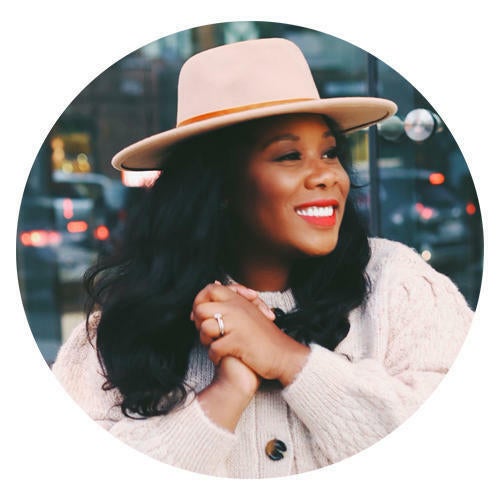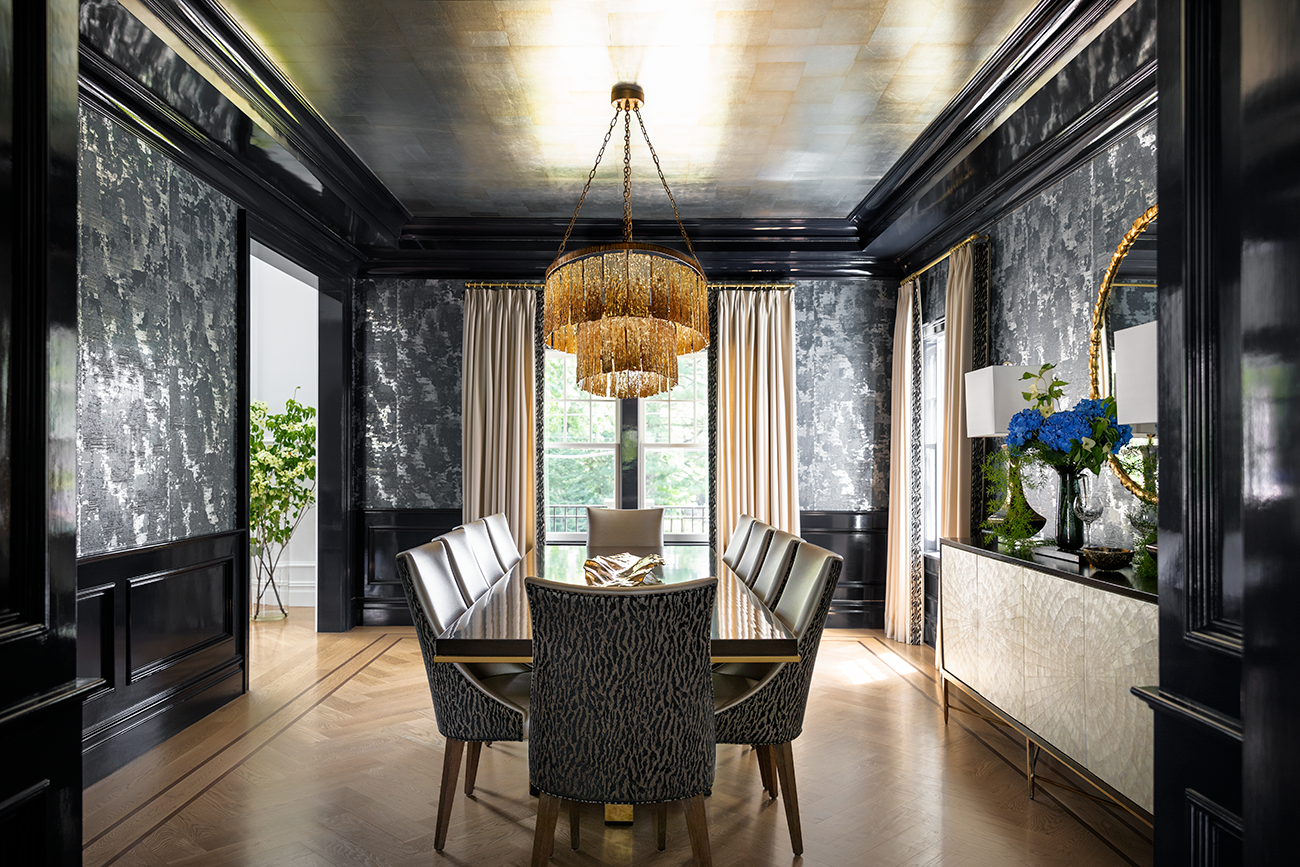Each week in Business of Home’s Trade Tales column, professionals from across the industry share their expertise on all things design, from managing clients to leading an inspired team. Here, we’ve selected 10 of our favorite pieces of advice from 2022.

How Do You Navigate a Client’s Pricing Questions?
“We have a solid and transparent process starting from initial contact with prospective clients, so we rarely have issues with pricing, and we focus on seeking the value before we discuss it. We also provide the expectation of pricing before we establish the investment a project [will require]. If there are still questions after that, we have a conversation about the breakdown of costs so the client can see how pricing was established. If that isn’t successful, that’s probably not the client for us.” —April Gandy, Alluring Designs, Chicago

How Do You Approach Client Education?
“For private residential clients, one of the keys is to listen carefully to their vision for their home—then we present a detailed step-by-step process, from hiring us to the conclusion of the project. I explain one step at a time and try to respond to all of their questions, giving my recommendations with the logic behind them. And in my experience, it’s very important to meet the client in person. Sending an email or having a telephone conversation is not as effective as a face-to-face meeting. You can also bring the vision to life with the assistance of drawings and 3D renderings. On some occasions, we’ll even bring a full-scale mock-up on paper or cardboard for the client to see in the space. During the design process and the construction phase, the client is fully engaged and actively participating—personally, I feel a project is not as successful as it could be if the client only sees drawings and is involved sporadically.” —Ana Maria Torres, At Architects, New York

What Challenges Do You Face With Repeat Clients?
“Repeat clients are a boon, but gray areas can appear. Scheduling is challenging, as there is an expectation from the client to start their new project as soon as possible. The other challenge is billing and fees. In the time since you may have [first worked with] the client, your fee structure may have gone up or completely changed. It does present an awkward situation, but being up front and professional about it is the best way to deal with this issue.” —Nomita Joshi-Gupta, Nomita Joshi Interior Design, New Orleans

What’s the Hardest Thing to Explain to Clients?
“I give particular attention to explaining that the process of creating something exceptional is not always a straight line—that it is OK not to decide everything straight away. A ‘no’ yesterday can become a ‘yes’ tomorrow should the context change. I feel it’s necessary to go into detail about the exchanges that will take place throughout the process so that the collaborative aspect of the design is brought into the open.” —Elliott Barnes, Elliott Barnes Interiors, Paris

What’s the Most Important Line in Your Contract?
“The most important part of our contract is the clause where we outline the payment schedule. We work on a flat fee and tie client payments to specific dates rather than the status of the project. This has been especially helpful during the past year, when we experienced unprecedented delays—aligning payments with project milestones or delivery dates would have been catastrophic.” —Anelle Gandelman, A-List Interiors, New York

How Does Your Firm Build a Strong Culture?
“From project management to delivery, our team curates the entire client experience to prioritize team building and a positive, collaborative work culture. We ensure that everyone has a voice and can share their ideas in a variety of ways, [leveraging] their own unique talents and areas of expertise. It’s important to allow room for not only growth, but also fun and enjoyment throughout the process. When you’re able to provide flexibility for your employees to do all of these things while feeling safe and valued, it creates unparalleled end results in the firm’s work.” —Christopher Sanders, Sanders Architecture, Austin

How Do You Handle an Unrealistic Budget?
“I approach unrealistic clients as unfamiliar clients, and do my very best to educate them on both the industry standard and where our firm fits into it. I don’t mind having a conversation about how and why we do business in the manner we do. If you ask me, an educated client is a trusting client, and trust has always translated into more dollars spent. No one walks into a doctor’s office fully expecting to know why the bill is high—that’s why the receptionist is there to break it down for you. So first, we communicate how we work, and if that is not enough, we assign homework in the form of an Excel sheet prompting clients to list the highest and the lowest they’d pay for each item in their design concept. When they are done, we barely have to say much because the totals are right there and it was no one’s doing but theirs.” —Ashley Ross, Muse Noire Interiors, Charlotte

How Does Your Firm Measure Annual Success?
“The goals I set each year fall into two categories. First, there are the logical and financial metrics: gross and net income, number of projects achieved in a year, and percent of new and repeat clients. Second are dreams: getting my work published, the opportunity to design new homes from the ground up and working with my dream client—a self-described art collector with a deep appreciation for design. When I found that I was meeting the goals faster than I aimed for, I needed bigger goals. I changed how I spoke to myself, focusing on the dream goals using language like ‘I imagine,’ ‘I would love to,’ and ‘It would be amazing to.’ By doing this, my approach to goals became fluid, and I found myself enjoying the process instead of focusing solely on the finish line. This keeps my curiosity and drive high, allowing me to embrace the possibilities I see. When I look back on 2022, I have achieved both categories of goals. One area that has required flexibility and adjustment is the number of projects achieved in a year, because many are extending beyond one-year [timelines]. So I’m staying focused on which phases of the project we have completed and which will require work going into the new year.” —Nadia Watts, Nadia Watts Interior Design, Denver

How Do You Market Your Firm?
“Word of mouth is still the biggest driver of potential new clients into our sphere. When we focus on doing quality work and maintaining enjoyable, transparent relationships with our clients, along with their architect and builder, we almost always receive referral business. In addition, we purchase a few ads in local magazines each year to create a brand and name people recognize in our own backyard. We are also more likely to be offered editorial features if we are a patron of a magazine. That said, I have found it is still important to make sure that between Instagram, Pinterest, Houzz and our own website, we have a good presence online that drives traffic to our website. It really is a blanket approach. Recently, we signed with a PR firm tasked with pitching to national magazines and growing our brand on a broader level, and I’m excited to see where that will lead us.” —Brad Ramsey, Brad Ramsey Interiors, Nashville

How Do You Approach Networking?
“Talking about networking is so difficult. It’s necessary for all of us, but the energy output can be taxing, and it’s hard to know where to focus. In the past, I was ambivalent in promoting myself, but I’ve recently changed this mindset. I had to get over the feeling that it would be self-centered to put myself out there; people need to see what you’ve done and you need to speak about it. I put my trust in professionals who supported me, and [they] convinced me that visibility in the media and in public is good for my company—and for the image of women in the business world at large. Seeing my media presence as a way to support my colleagues and other professional women has freed me to take action and embrace connections I didn’t formerly cultivate. Now, my baseline networking tactics are purely natural. Being passionate about the work is a great place to start because it seeps more effortlessly into everything; after you’ve been in the field for a while, everything becomes about the work. Dinners, traveling, gallery shows, media and commercial events—if your design work is your perspective, the discussion naturally goes there. Of course, there’s nothing like networking [by others on your behalf]: The best is word of mouth from happy clients.” —Sophie Goineau, Sophie Goineau Design, Los Angeles
Homepage image: This glamorous Manhattan dining room, designed by Anelle Gandelman, takes its cue from dark walls and luxe lighting | Brittany Ambridge





























